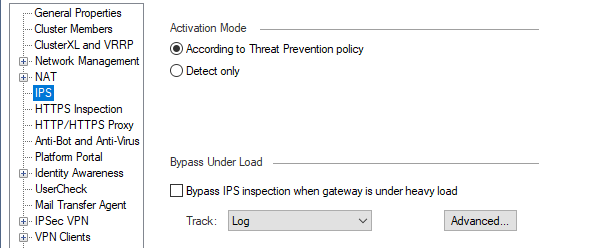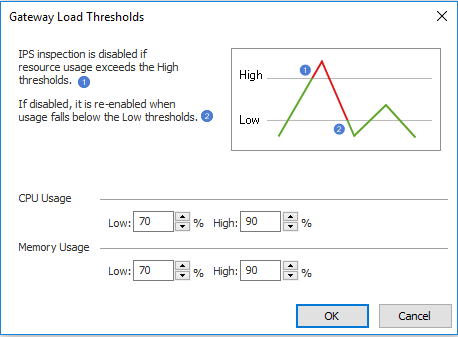- Products
Quantum
Secure the Network IoT Protect Maestro Management OpenTelemetry/Skyline Remote Access VPN SD-WAN Security Gateways SmartMove Smart-1 Cloud SMB Gateways (Spark) Threat PreventionCloudGuard CloudMates
Secure the Cloud CNAPP Cloud Network Security CloudGuard - WAF CloudMates General Talking Cloud Podcast Weekly Reports - Learn
- Local User Groups
- Partners
- More
Are you a member of CheckMates?
×
Sign in with your Check Point UserCenter/PartnerMap account to access more great content and get a chance to win some Apple AirPods! If you don't have an account, create one now for free!
Tue 11 Mar 2025 @ 05:00 PM (CDT)
Under the Hood: Configuring Site to Site VPN with Azure Virtual WAN and CloudGuard Network SecurityWed 12 Mar 2025 @ 03:00 PM (CET)
Finance at a Crossroads: Harnessing Generative AI Securely - EMEAWed 12 Mar 2025 @ 06:00 PM (IST)
TechTalk: The Future of Browser Security: AI, Data Leaks & How to Stay ProtectedWed 12 Mar 2025 @ 02:00 PM (EDT)
Finance at a Crossroads: Harnessing Generative AI Securely - AmericasTue 11 Mar 2025 @ 05:00 PM (CDT)
Under the Hood: Configuring Site to Site VPN with Azure Virtual WAN and CloudGuard Network SecurityWed 12 Mar 2025 @ 03:00 PM (CET)
Finance at a Crossroads: Harnessing Generative AI Securely - EMEAWed 12 Mar 2025 @ 06:00 PM (IST)
TechTalk: The Future of Browser Security: AI, Data Leaks & How to Stay ProtectedWed 12 Mar 2025 @ 02:00 PM (EDT)
Finance at a Crossroads: Harnessing Generative AI Securely - AmericasTue 25 Mar 2025 @ 09:00 AM (EDT)
Canada In-Person Cloud Security with Hands-On CloudGuard Workshops!



